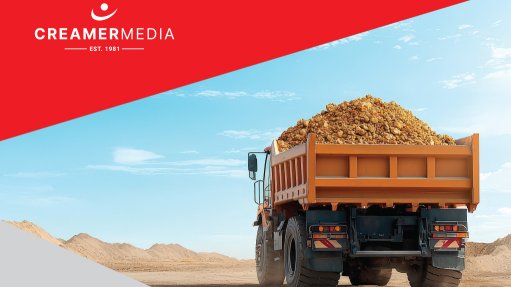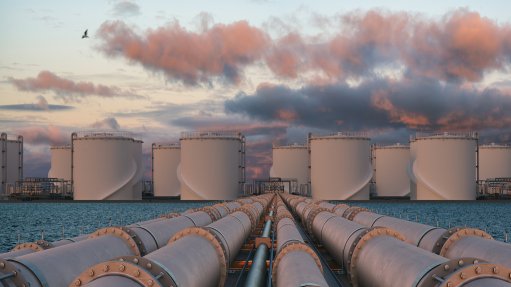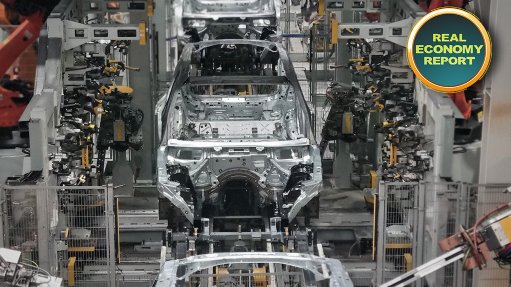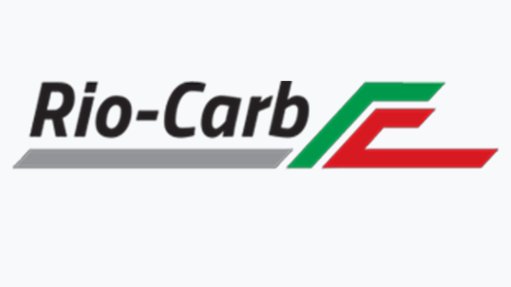Strategic approach required for conveyor commissioning



LUCA MARASCHIN Senior associate attorney at NSDV Luca Maraschin asserts that the design of a conveyor system must meet stringent engineering and safety standards
MINNETTE LE ROUX Principal environmental specialist at NSDV Minnette Le Roux states that careful consideration of social impact and legal frameworks is important when building and commissioning a mining conveyor system
Building and commissioning conveyor systems at mines requires careful consideration of social impact and legal frameworks, reports mining, environmental and construction industry-focused law firm NSDV.
A key foundational step when planning a conveyor system is identifying the affected properties and landowners, the firm notes.
Determining if there are existing rights under the Mineral and Petroleum Resources Development Act (MPRDA) is crucial, with NSDV pointing out that in instances where this is unclear, applicants can approach the Department of Mineral and Petroleum Resources through the Promotion of Access to Information Act.
If a conveyor runs through private or third-party land, and may impact upon other mining operations, applicants will need to ask the Mineral and Petroleum Resources Minister for a permission slip under Section 53 of the MPRDA, notes NSDV.
In addition, if a conveyor is built outside the applicable mining right area, companies must confirm whether the Mine Health and Safety Act, or the Occupational Health and Safety Act, applies.
Once ownership dynamics have been determined and considered, NSDV notes that other approvals can be addressed.
“Conveyor systems often cut across public infrastructure, so there are a few things to consider. Firstly, one must consider wayleaves – if a conveyor crosses roads, powerlines, pipelines or railways, you will need permission from the appropriate authorities,” explains NSDV.
Secondly, the firm advises that the land earmarked for the conveyor infrastructure must be properly zoned for the conveyor before building can start, and mining organisations are expected to deploy the Spatial Planning and Land Use Management Act.
The third point to consider is environmental and water use authorisations, which need to be obtained if a conveyor system disrupts or poses a threat to ecosystems or water sources.
The mining operation will require an environmental authorisation and a water use licence. In these cases, NSDV points out that guideline GNR 704 may apply, to which an exemption could be granted.
Lastly, if a conveyor uses X-ray technology, a licence under the Hazardous Substances Act will need to be obtained.
Adhering to Design Requirements
The design of a conveyor system must meet stringent safety and engineering standards, the firm highlights, with regulation 8.9 of GNR 93 setting the rules, along with the National Building Regulations and Codes of Practice that govern the structural integrity of conveyor systems.
“A competent person must approve the design, ensuring it includes robust structural considerations, appropriate power systems and drainage mechanisms,” elaborates NSDV.
A mandatory Code of Practice must also be in place to cover all safety aspects of a conveyor system, as outlined in the Guideline for the Safe Use of Conveyor Belt Installations – GNR 1024. This includes environmental conditions, fire safety and lightning protection.
Further, an additional Code of Practice concerning the prevention of flammable gas and coal dust explosions may also be required under GNR 28, warns NSDV.
Conforming to these diverse regulatory requirements ensures that mining companies can safely and legally establish conveyor systems across complex terrains, avoiding costly legal complications down the line, advises NSDV.
When uncertainties arise, the firm says that consultation with an experienced environmental assessment practitioner, and other professionals with expertise in mining, environmental and construction law, can be “invaluable”.
“Involving such a professional from the early stages of planning ensures that mining operations comply with all regulatory requirements for conveyor systems. This proactive approach helps avoid costly delays or legal complications later, safeguarding the profitability of a project, instead of jeopardising it,” the firm concludes.
Article Enquiry
Email Article
Save Article
Feedback
To advertise email advertising@creamermedia.co.za or click here
Comments
Press Office
Announcements
What's On
Subscribe to improve your user experience...
Option 1 (equivalent of R125 a month):
Receive a weekly copy of Creamer Media's Engineering News & Mining Weekly magazine
(print copy for those in South Africa and e-magazine for those outside of South Africa)
Receive daily email newsletters
Access to full search results
Access archive of magazine back copies
Access to Projects in Progress
Access to ONE Research Report of your choice in PDF format
Option 2 (equivalent of R375 a month):
All benefits from Option 1
PLUS
Access to Creamer Media's Research Channel Africa for ALL Research Reports, in PDF format, on various industrial and mining sectors
including Electricity; Water; Energy Transition; Hydrogen; Roads, Rail and Ports; Coal; Gold; Platinum; Battery Metals; etc.
Already a subscriber?
Forgotten your password?
Receive weekly copy of Creamer Media's Engineering News & Mining Weekly magazine (print copy for those in South Africa and e-magazine for those outside of South Africa)
➕
Recieve daily email newsletters
➕
Access to full search results
➕
Access archive of magazine back copies
➕
Access to Projects in Progress
➕
Access to ONE Research Report of your choice in PDF format
RESEARCH CHANNEL AFRICA
R4500 (equivalent of R375 a month)
SUBSCRIBEAll benefits from Option 1
➕
Access to Creamer Media's Research Channel Africa for ALL Research Reports on various industrial and mining sectors, in PDF format, including on:
Electricity
➕
Water
➕
Energy Transition
➕
Hydrogen
➕
Roads, Rail and Ports
➕
Coal
➕
Gold
➕
Platinum
➕
Battery Metals
➕
etc.
Receive all benefits from Option 1 or Option 2 delivered to numerous people at your company
➕
Multiple User names and Passwords for simultaneous log-ins
➕
Intranet integration access to all in your organisation




















